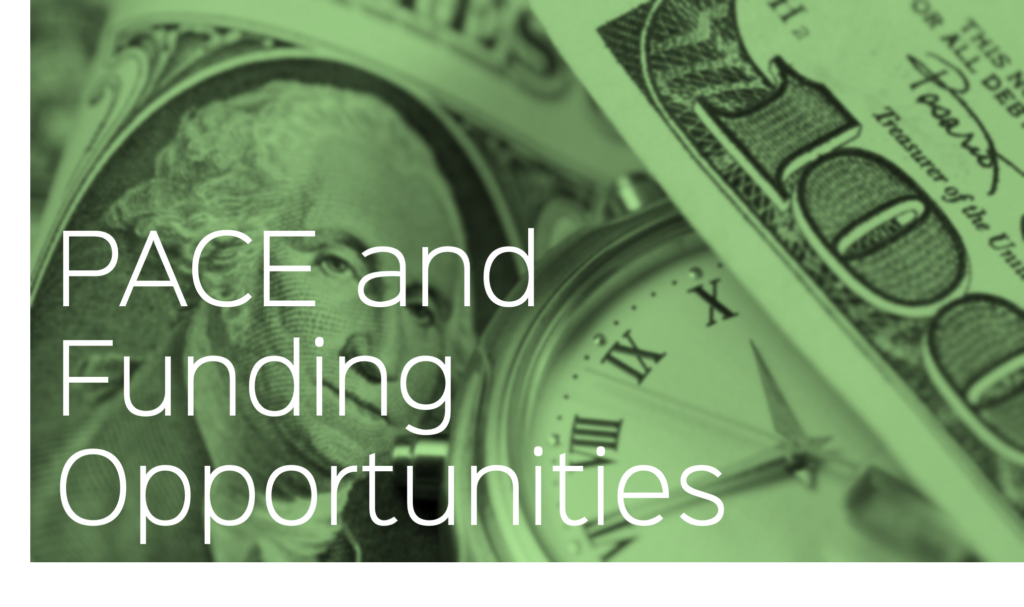Many PACE organizations consider the purchase of PACE scheduling software to be a low priority given the other demands for funding. In the short run, funds are extremely taxed, so this business wariness is to be expected. The question is, “how long do you believe that your membership and resources are going to remain low?” Below is information about some ways that states can work with federal funding initiatives in order to empower seniors with more options when it comes to personalized health care. PACE scheduling software will become instrumental when membership rises and reporting on Medicaid/Medicare billing becomes more complex.
With Momentm’s longtime involvement with the PACE community, we will often highlight information that can be helpful to PACE organizations. Joy M Cameron’s recent article on Using PACE to take Advantage of Federal Initiatives at a State Level, describes two funding programs MFP and BIP which can help expand PACE programs within 43 states and the District of Columbia. Below are some of the import points and a link to the full study.
What is the MFP?
The “Money Follows the Person” Rebalancing Demonstration Program (MFP) is intended to help reduce the strain on medical care institutions and get people back into their community. This has worked nicely with PACE because that funding has had a direct impact on the amount of care that community organizations are able to give. If you have recently begun thinking about starting up a PACE program or are currently operating within your community, you’re not alone when it comes to seeking funding advice. With over 100 programs, the NPA has grown considerably in the past 20 years.
At the root of the MFP is the intention to empower the elderly population with access to better, more personalized services. Their main goals are to:
- Reduce dependence on institutionally-based services
- Subvert barriers to free up Medicaid fund allocation
- Help people transition out of institutions
- Monitor quality assurance of HCBS (e.g. PACE organizations)
States can enhance federal funding on their expenditures for PACE, but this has been in jeopardy in the past few years. Due to the recession, many states are finding it difficult to recover from the lag in taxation, so seeking federal funds has become all the more necessary. The fallout for PACE has been that they currently must operate within razor thin margins in order to simply maintain a high quality of service.
Providers Must Seek Opportunities
In order to leverage Medicaid expenditures as well as optimize federal funding support, every elderly care provider needs to become more proactive in negotiating with their State funding partners. While some federal funds are available as a stop-gap measure, they should not be depended upon as a long-term solution.
Cameron’s study shows that states “are not currently taking advantage of using PACE as a way to maximize their FMAP” (Federal Medicaid Assistance Percentage). Learn about how your state operates and see if they are missing out on FMAP in the form of MFP and the Balancing Incentive Program (BIP). Perhaps the goal of 2015 should be for elderly care organizations to become more state-savvy and approach governments with more vigor. Take a look at the model of funding and operational protocol that Virginia has established. Also take a look at how Virginia provides useful information to seniors seeking non-institutional care. Are you following suit? Do you offer support to seniors who are perhaps seeking the use of your services but are unaware of how to proceed?
PACE Scheduling Software Fills a Need
With more members using your service, there will be increased need for efficiency and better reporting. PACE scheduling software has all the tools you’ll require in order to produce accurate and up-to-the minute reports that you are going to require. Whether you’re at this stage now or anticipate future growth, learn more about automation to discover the ways in which it can actually help grow a business and reduce costs. Automation tools built into PACE scheduling software can create savings by addressing: missed appointments, schedule conflicts, gas consumption and optimized routing, to name just a few.
Feel free to contact us if you want to learn more about pace scheduling software and why I think it will become a necessary tool for the coming years.
